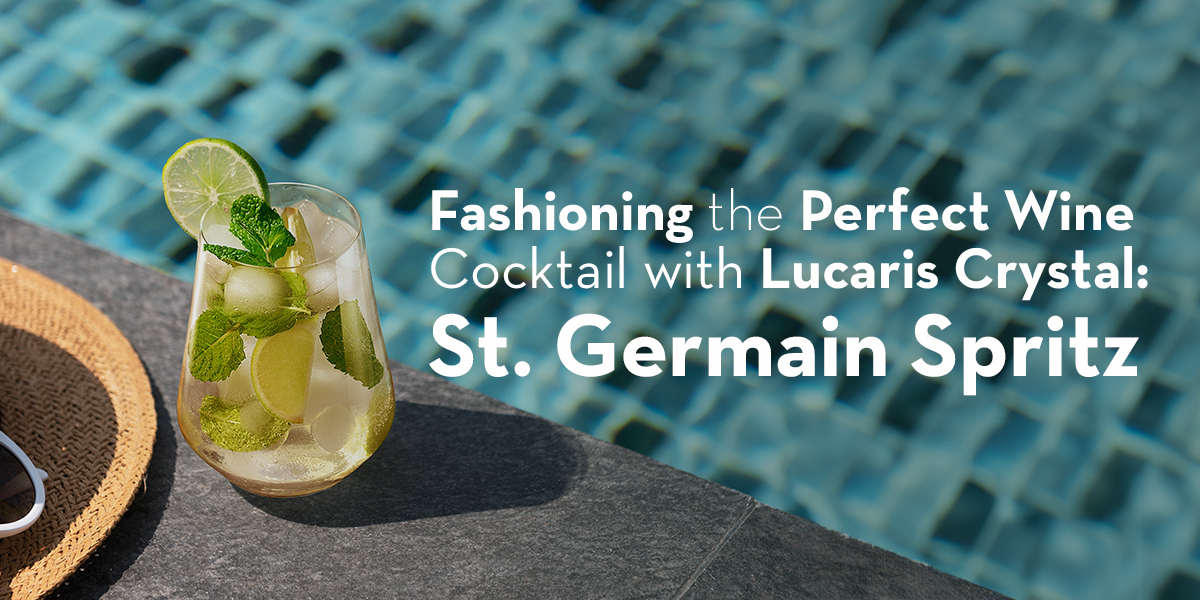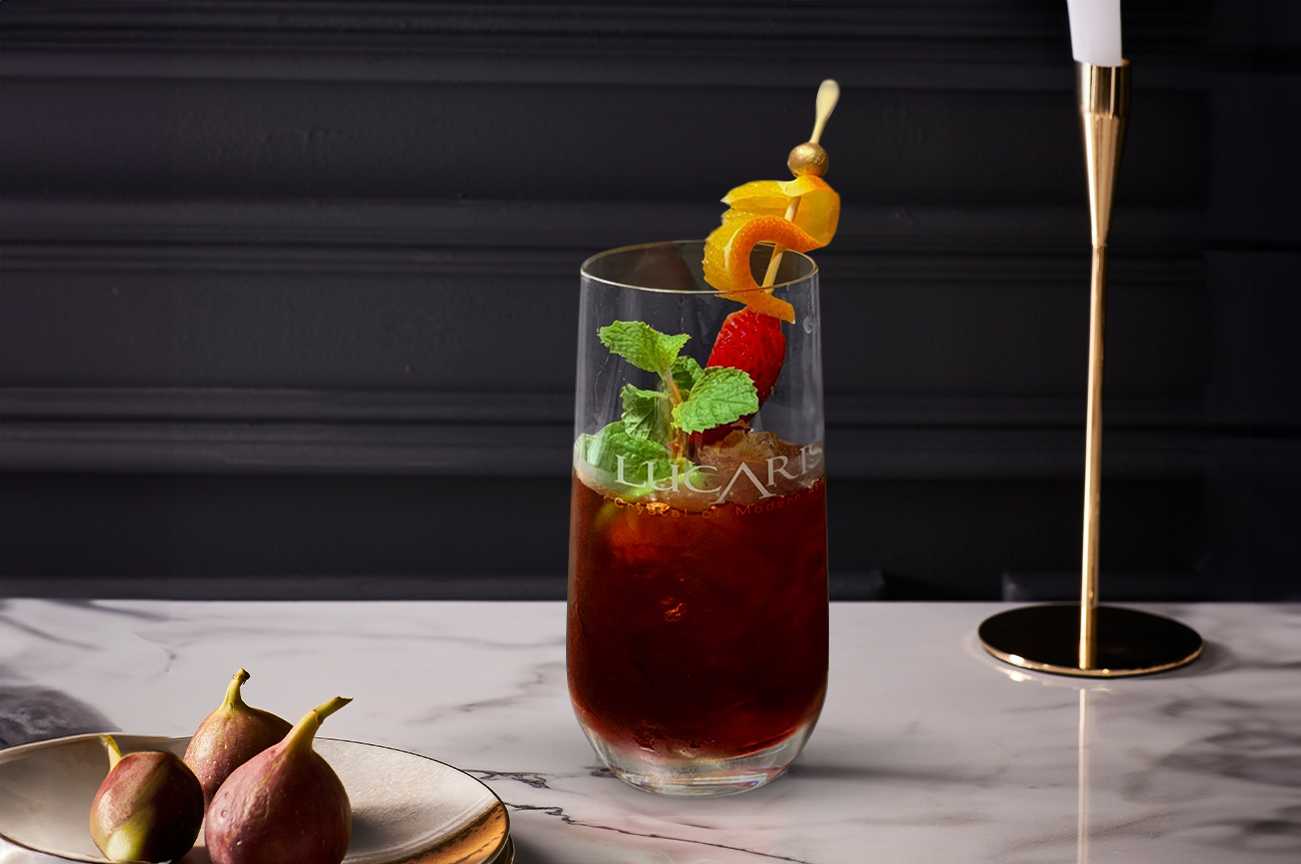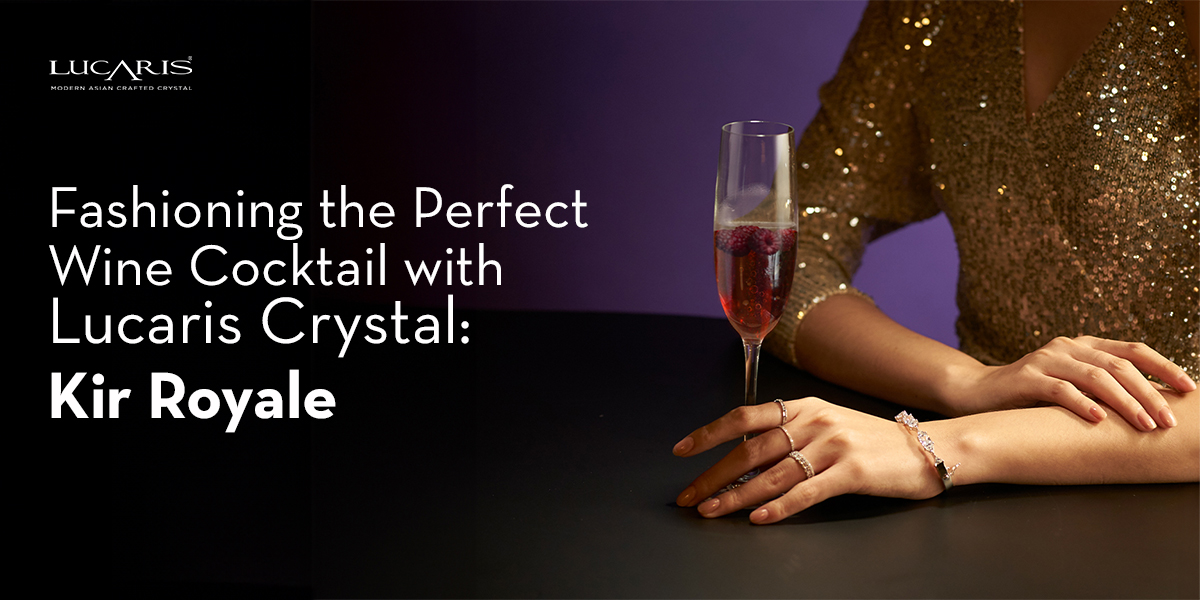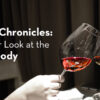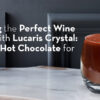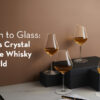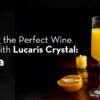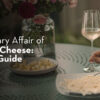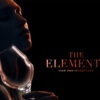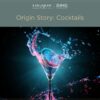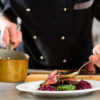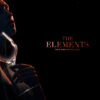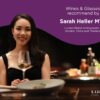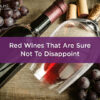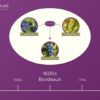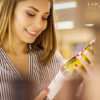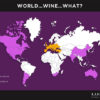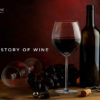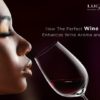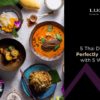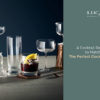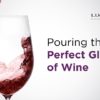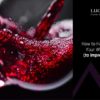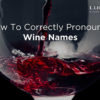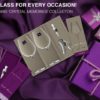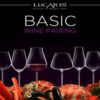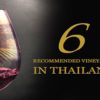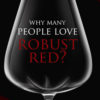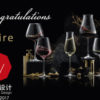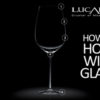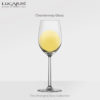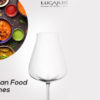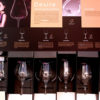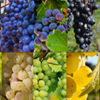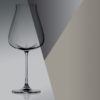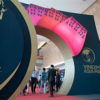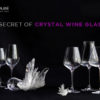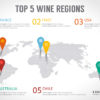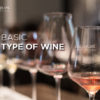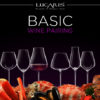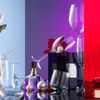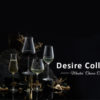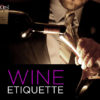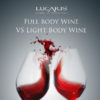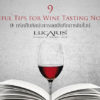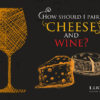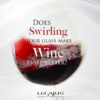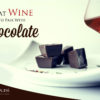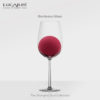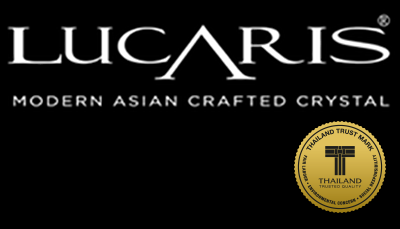Introducing The Elements
By Sarah Heller, Master of Wine
and Lucaris Brand Ambassador for Thailand and Greater China
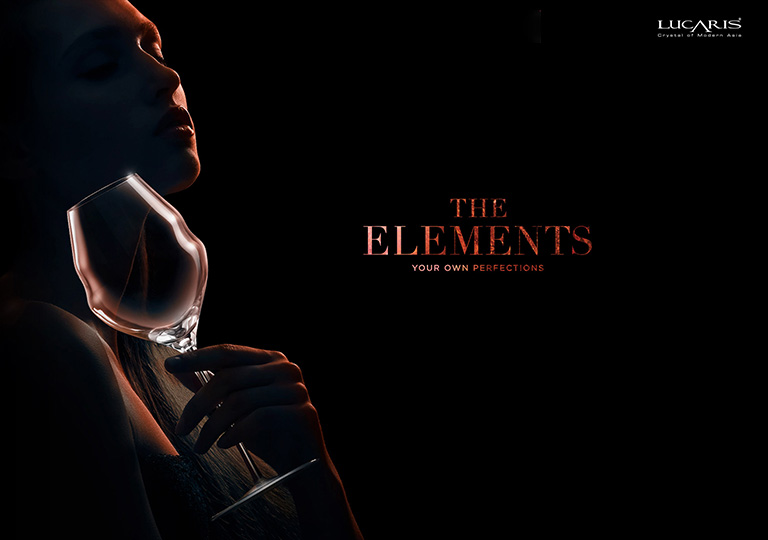
When I first began to collaborate with Lucaris Crystal in late 2017, we quickly started discussing a potential glassware range. As both a Master of Wine and a visual artist and designer, I felt it was extra important that I rise to the challenge and that our project be boundary-pushing and different.
In approaching any design project, the most important consideration is always what problem you’re trying to solve. For me the issue with so many glassware designs is that they aim to bring out the “perfect” expression of a particular wine but the designers seem to have forgotten that perfection is deeply subjective.
To develop a more nuanced idea of perfection, we began to research systems for understanding personal preferences in ways that were intuitive rather than overly technical. I was quickly drawn to the idea of the elements, which spans several Asian cultures as well as classical western thought. Lucaris, being a Thai brand, naturally brings an Asian perspective to all its projects – its core glassware ranges are named after Asian cities – and as a Eurasian person, I liked the idea of bridging cultures.
The team at Lucaris was immediately enthused about both the concept and a potential link with my art. Before I joined the wine world, I studied painting at Yale University, and my recent work called Visual Tasting Notes explores our subjective experience of wine, charting the overall “shape” a wine makes as we taste it. Glassware is critical in molding this shape – it can exaggerate or diminish a wine’s fragrance, amplify or moderate its acidity, harden or soften its tannins.
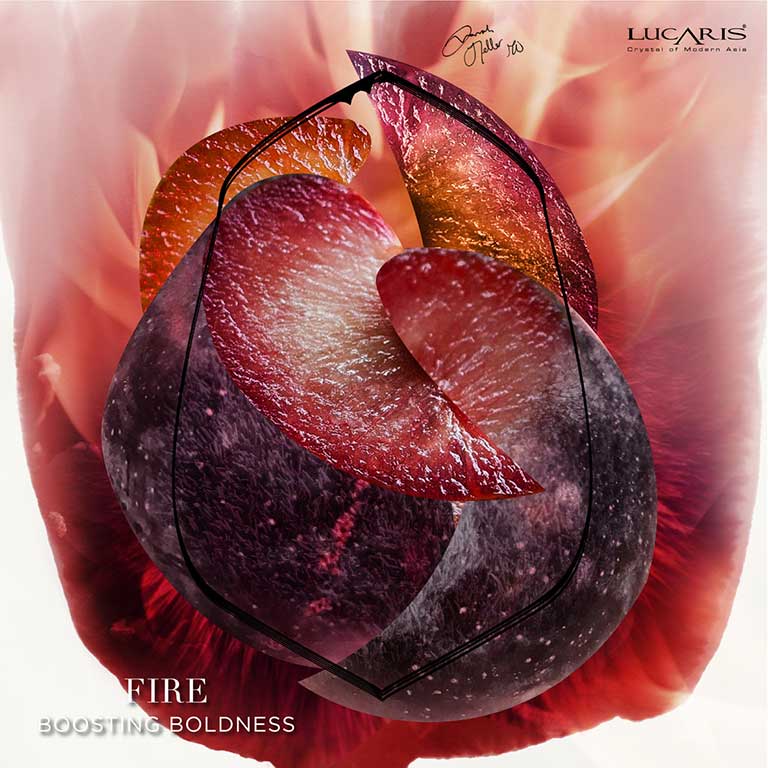
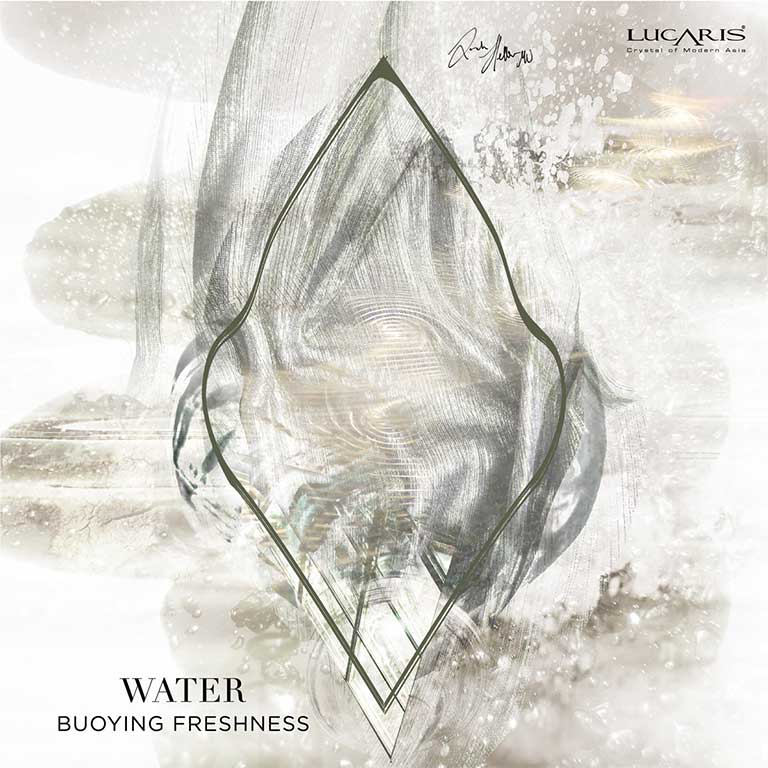
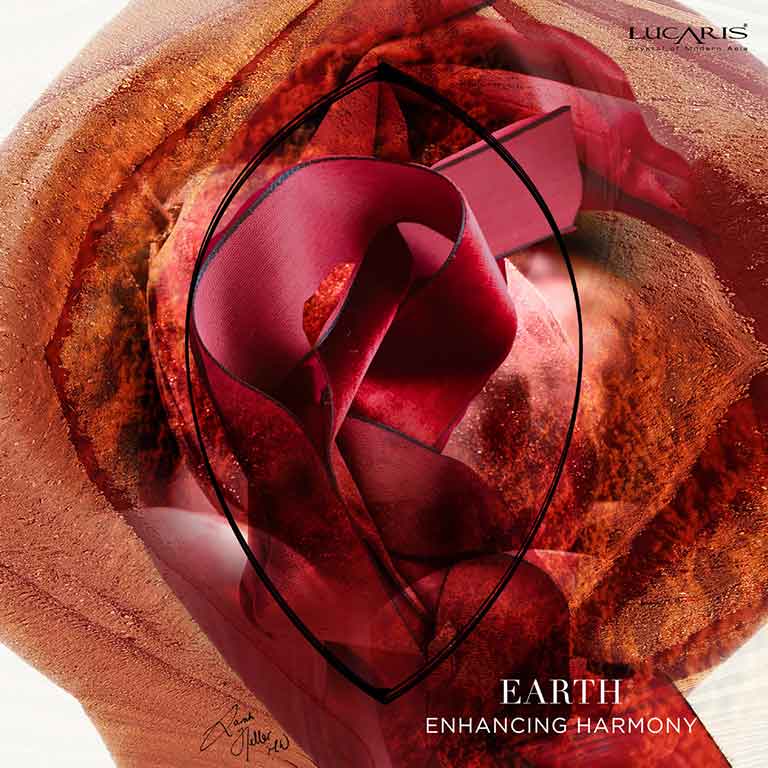
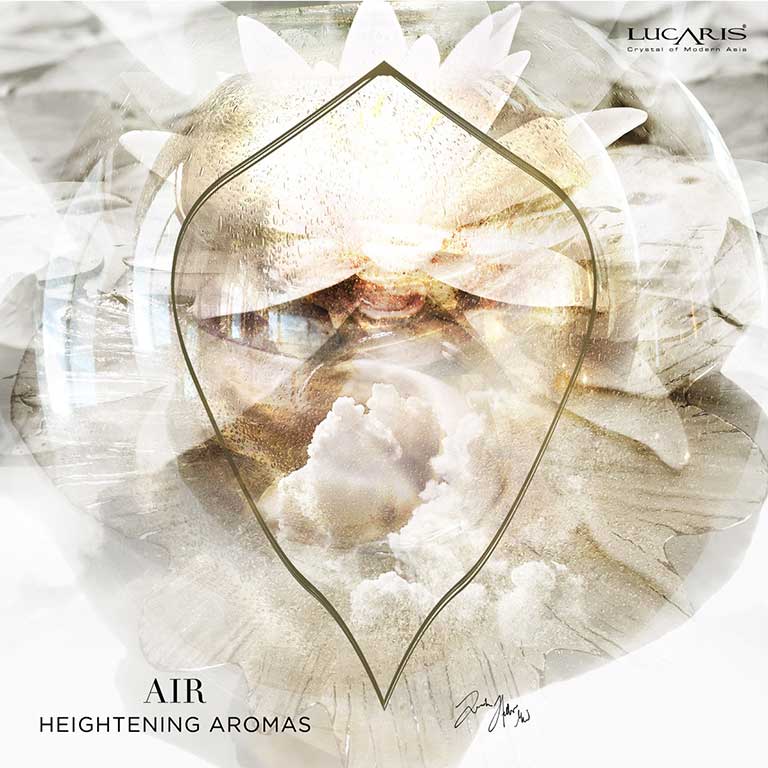
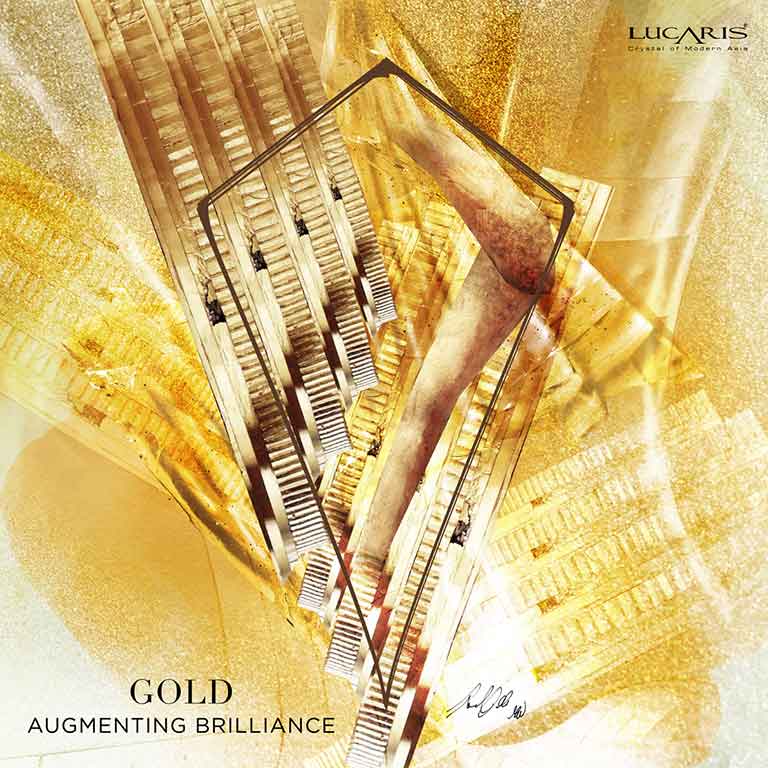
We thought in detail about how each feature of the glass – the dimensions of the bowl, its proportions and curvature – would impact the wine’s expression. We made a few interesting observations. One was the effect of rim tightness on our perception of texture. A tight rim feels hard and angular on the lips and exaggerates this effect in the wine, while a flared rim makes us perceive the wine as rounded and soft. Another was that tight concave curves in the glass – we called them “waists” – help to hold in aromas while the wine sits in the glass, but then releases aromas as wine flows over the curves on its way to the mouth.
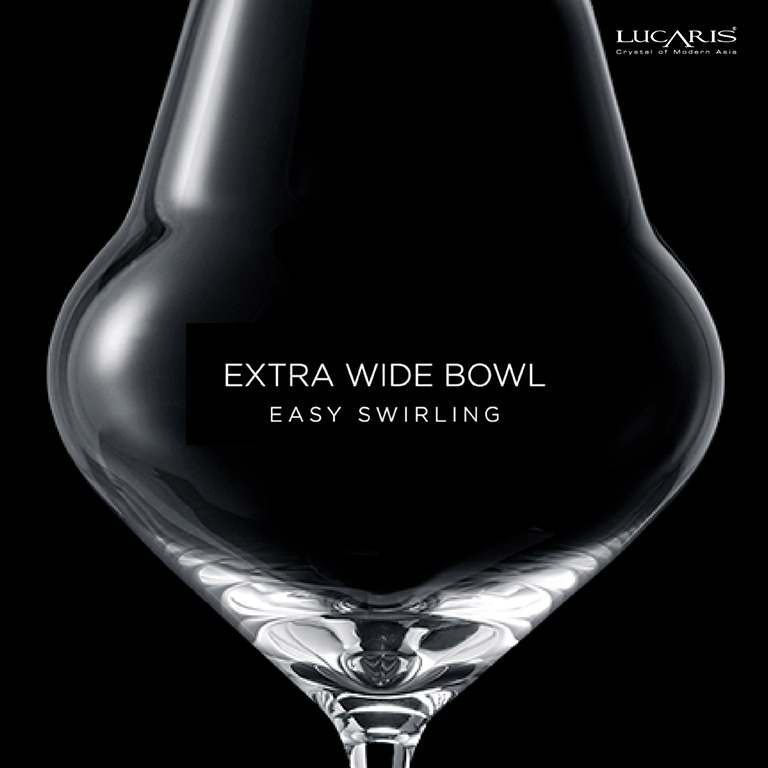
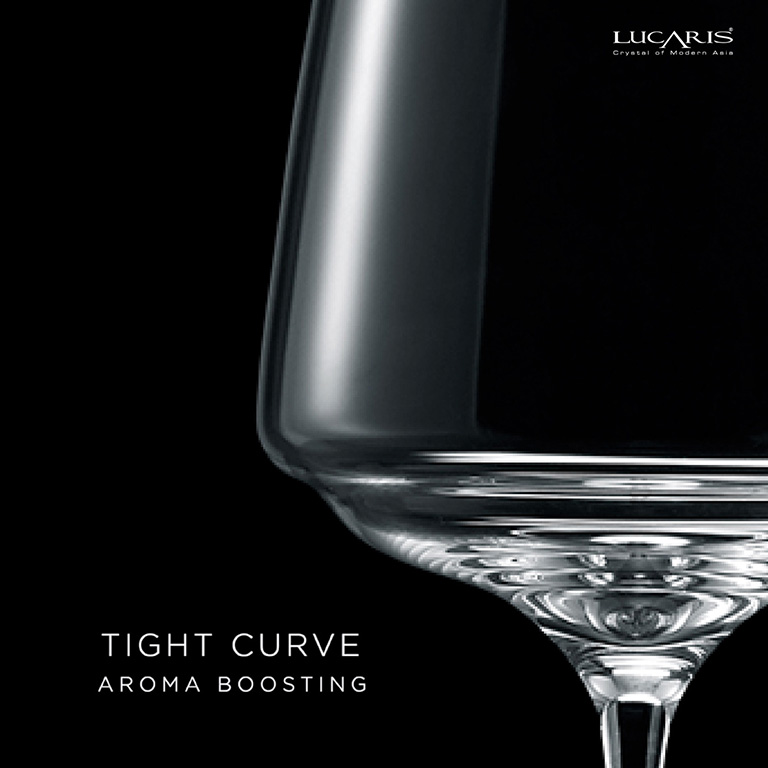
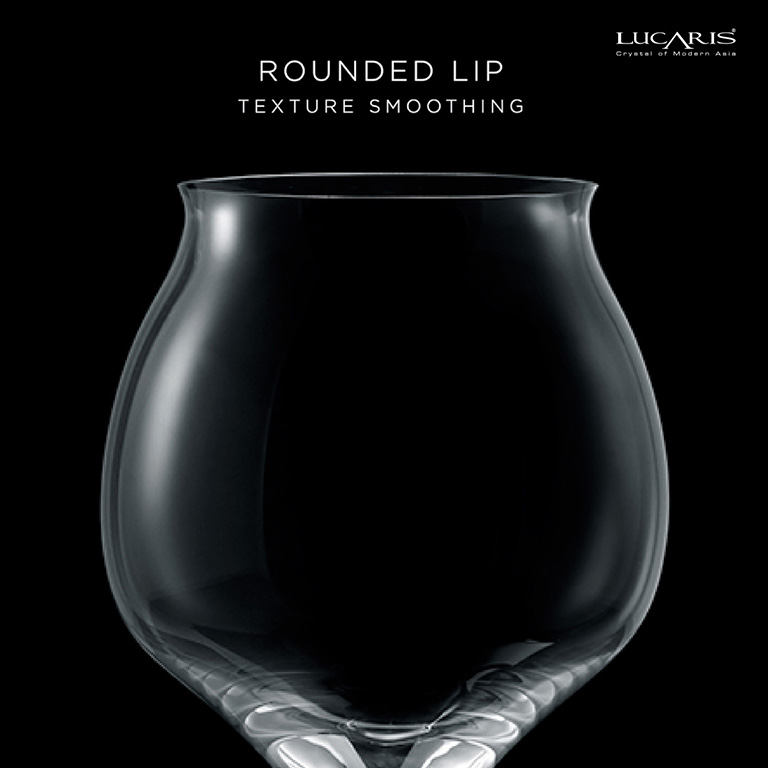
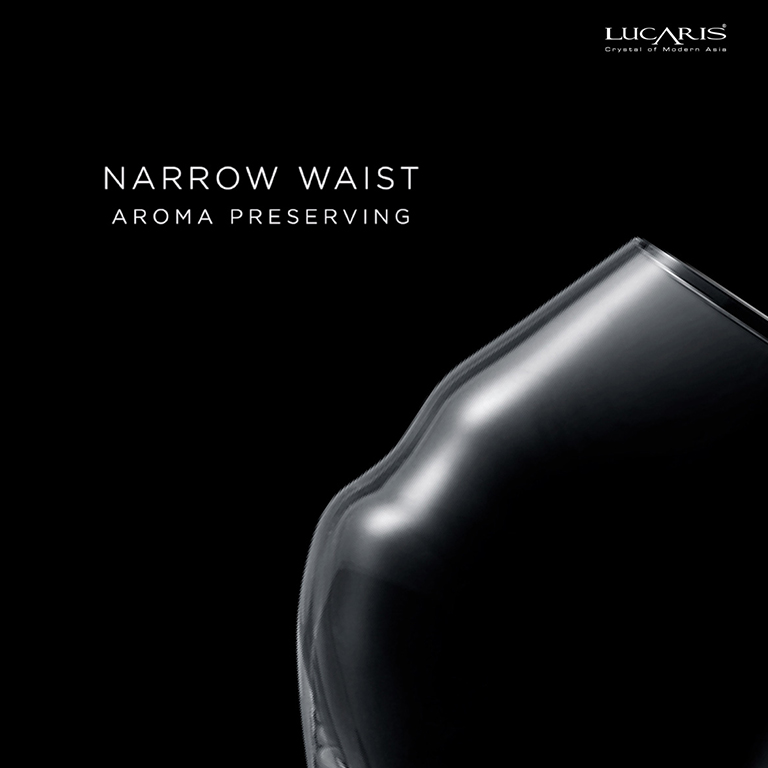
We combined these features to create five unique shapes corresponding with five elements we chose from Ayurveda, Traditional East Asian Medicine and ancient Greek philosophy: Air, Water, Fire, Earth and Gold. Each glass emphasizes its “element” in the wine: Air brings out fragrance, Water brings out freshness, Fire brings out boldness, Earth brings out roundness and Metal brings out brilliance. Each glass is designed for use with any wine style – white, red, rosé, even sparkling, sweet or fortified.
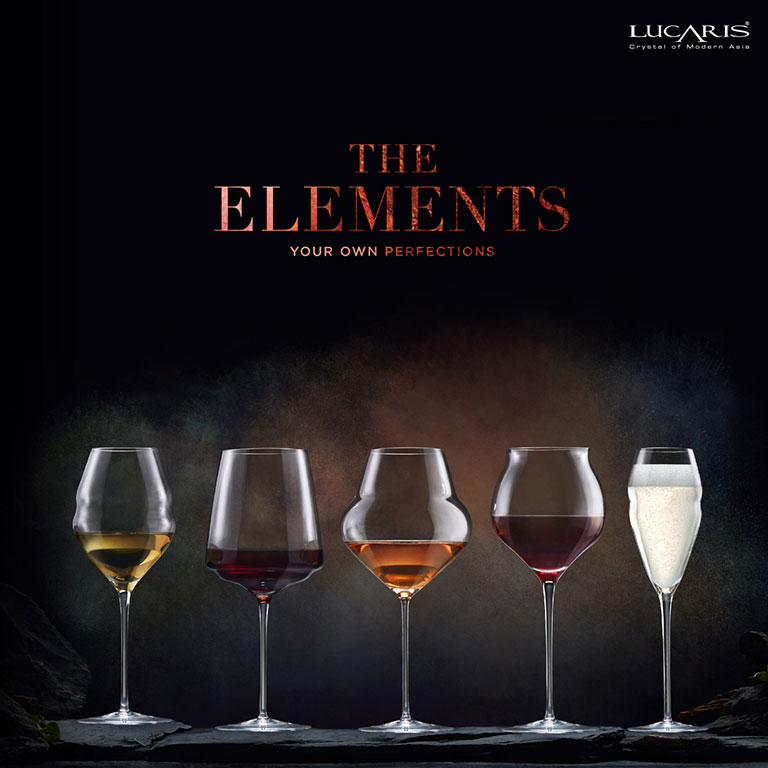
An added benefit is that the system of elements should make food pairing, always challenging in Asia, easier to navigate. Cuisines, like personalities, can often be fit into element-based categories: sashimi is cool and subtle like water and thus a suitable wine pairing would probably also be fresh and subtle.
To create these unique, highly specific shapes, we quickly agreed we needed to work with hand blowers. This was a new horizon for Lucaris, which up until now has worked exclusively with machine-blown crystal. We believe that people who have deep respect for wine and want to experience it in the best way possible for them will gladly invest in top quality, especially since these multipurpose glasses allow you to cover all your needs with just one or two designs. I couldn’t be more excited that the collection is finally hitting the market this month!
Recent Posts


